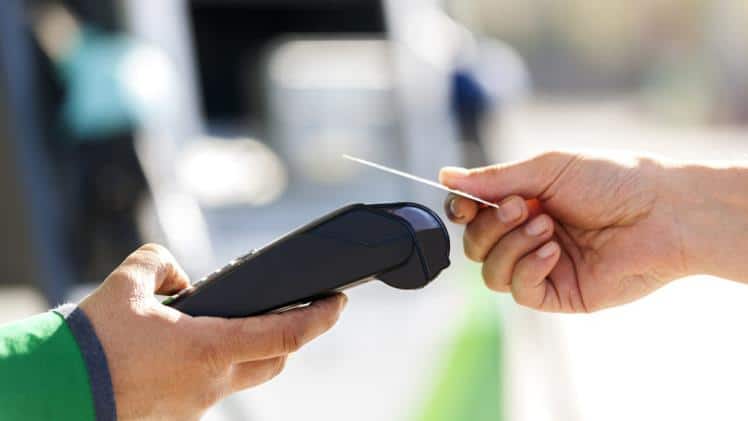Digital payments and e-commerce have changed significantly in the last few years, completely changing how we buy and pay for things. E-commerce has changed the way people buy things online, and electronic transactions are easier, faster, and safer.
The Start of Digital Payments
When the Internet and electronic banking emerged in the 1990s, they made way for the first digital methods of payment. The first online payment system was made by a company called First Virtual Holdings in 1994. With this system in place, customers could safely use their bank cards to send money online.
In the early 2000s, PayPal became very popular as a major way to pay for things online. PayPal lets people pay for things online without giving credit card information to the seller. This made shopping online safer and more convenient in a new way.
Mobile Payments
When smartphones were developed in the late 2000s, they made it possible for people to pay with their phones. Mobile payment methods like Google Wallet, Apple Pay, and Samsung Pay allow customers to transact on their phones.
These systems use near-field communication (NFC) technology to send payment data from the phone to the store’s payment system safely. In the past few years, mobile payments have become more popular, and many people choose to pay with their phones. Biometric authentication, like fingerprint and face recognition, has also been added to mobile payments to ensure the verified user can make payments.
The Start of E-Commerce
In 1994, someone sold a friend Sting’s Ten Summoner’s Tales CD over the internet. This was the first time that goods were bought and sold online. It has since developed into a big business and by 2025, it’s expected to bring in $7 trillion globally.
Nowadays, e-commerce has changed the way we shop by letting people buy things from all over the world with just a few clicks of a mouse. E-commerce has also given businesses new ways to reach customers globally while dropping the expenses associated with running a business.
E-commerce Development
As new tools and trends enter the market, e-commerce has changed. Here are some of the most important e-commerce trends:
- As more people use their phones to pay for things, mobile shopping has grown. For example, you can now do all your household shopping via apps from your preferred grocery stores.
- Social shopping means that sites like Facebook, Instagram, and Pinterest have changed into new ways to buy things online, as companies can sell their products on social media sites.
- Models that are based on paid memberships. A lot of people like subscription-based services like Amazon Prime and Netflix. For a monthly fee, these models let customers use as many things or services as they want.
- Data analysis and artificial intelligence are revolutionizing e-commerce across numerous industries by creating personalized shopping experiences for each customer. Personalized recommendations and targeted advertisements are increasingly prevalent, enhancing user engagement and satisfaction. A notable example is the use of tailored algorithms by iGaming platforms. These platforms analyze player data, including behaviors, game patterns, and preferences, to craft a bespoke gaming experience. Leading real money online casinos utilize this information to provide players with easy access to their favorite games, curating game suggestions that align with individual interests. This personalized approach not only boosts player enjoyment but also fosters a more engaging and loyal customer base.
Digital Payments and E-Commerce Ongoing Developments
These are the trends that are shaping the digital and e-commerce realms as we speak:
- Voice Commerce: As voice helpers like Amazon Alexa and Google Assistant become more popular, new opportunities for voice commerce are opening up. This could be something like Echo devices that are Alexa-enabled being used to order goods online in the Amazon marketplace. You may also be able to add your item to your shopping cart via your Google Assistant. Or, you could use your mobile device (as long as it’s voice-enabled), to do all your banking through your banking app.
- Augmented Reality: AR technology lets shoppers see how things will look in their surroundings before they buy them. It can be applied in a few ways. The first is a virtual try-on; you can load a picture of yourself and see what you would look like with those glasses, shoes, or clothing items. Secondly, you can get a preview placement- before you make any big purchases for your home, you can load a picture of the area and see how that item would look in your space. Lastly, an interactive user manual could help you understand the product better, as it responds to your actions and then offers assistance.
- Cryptocurrency Payments: Bitcoin and Ethereum are being accepted as a way to pay more and more commonly. These payment methods have been in use for a few years in the iGaming space. Many people who frequent legal online gaming sites prefer cryptocurrency, due to its anonymity and safety.
E-commerce and digital payments have come a long way since they began. Mobile and digital payments have changed how people buy and pay for products and services. As new technologies and trends emerge, it’s truly exciting to see how the e-commerce landscape will evolve.


